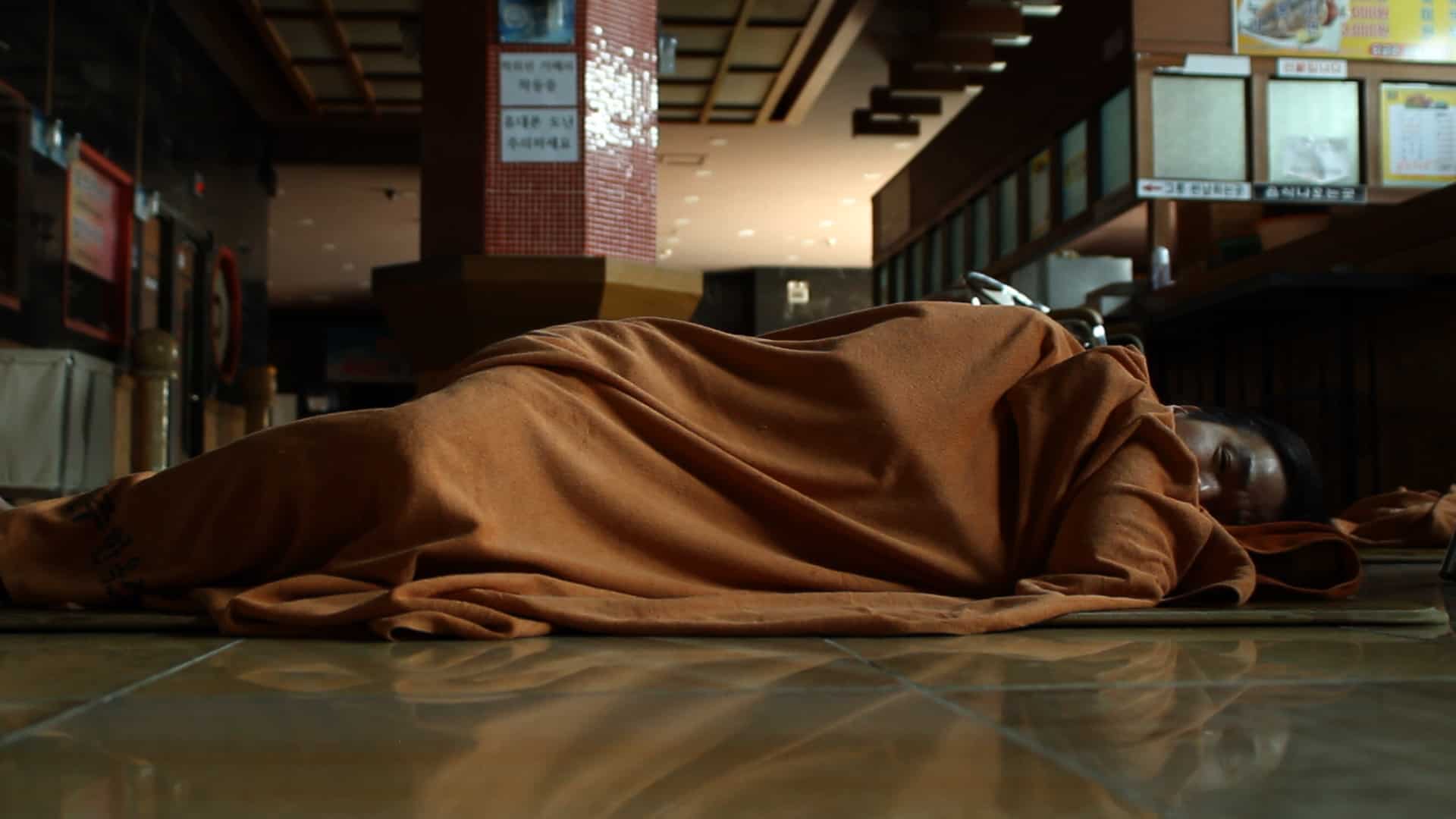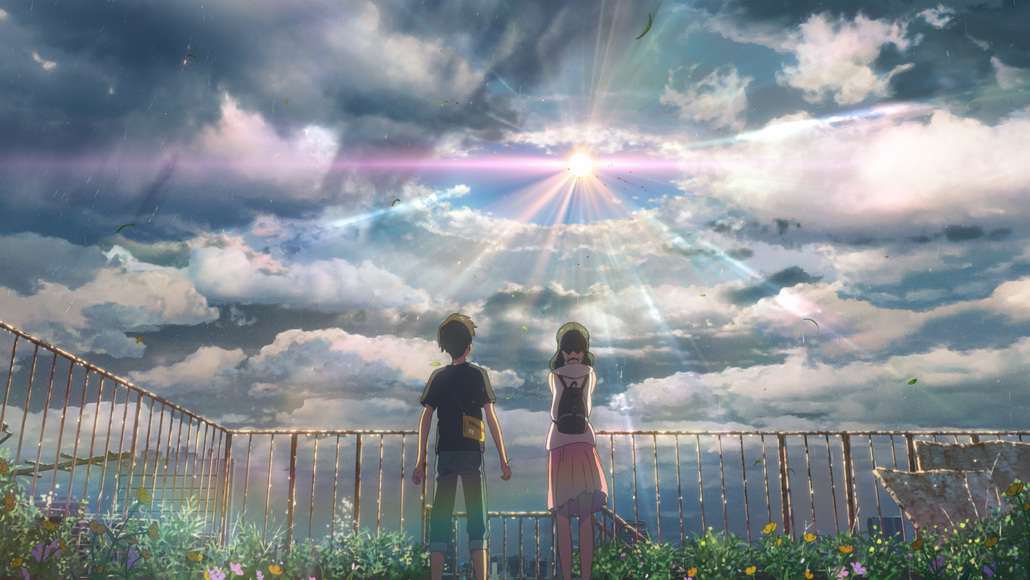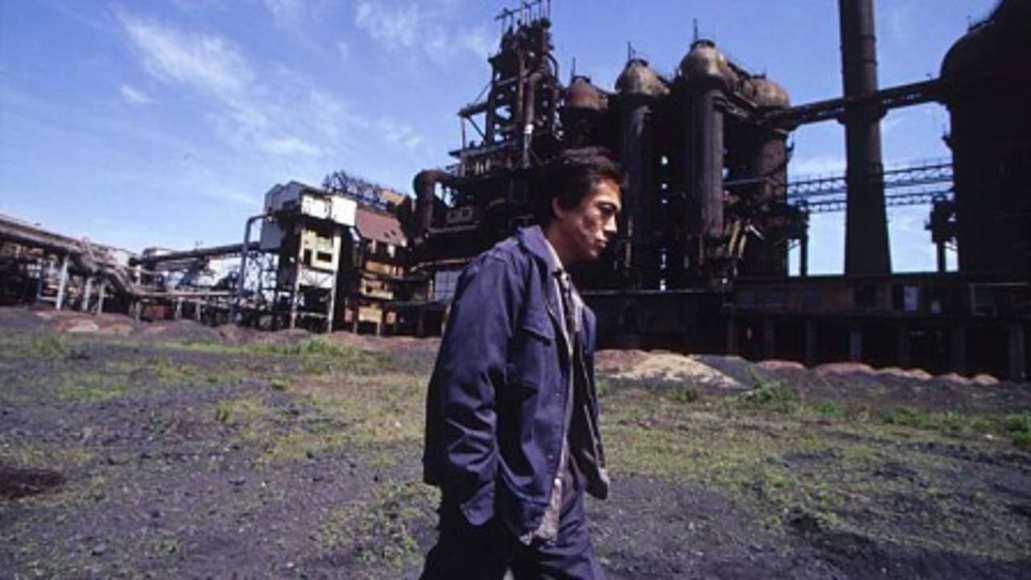The Film and Television Institute of India (FTII) has given rise to a considerable number of terrific directors. Some of India's greatest filmmakers such as Mani Kaul and Adoor Gopalakrishnan have come out of FTII. The most credible representative of Indian arthouse cinema in the last decade, Amit Dutta, is also an FTII product. Prantik Basu has had the same background, having studied film direction and screenplay writing at the institute. His short film “Sakhisona” (2016) won the Tiger Award for Short Film at the 2017 edition of the International Film Festival Rotterdam.

Mogulmari is a typical village of Bengal. It has its own local folkloric stories, with belief in them fluctuating from person-to-person. A mound exists in the village and it is named after Sakhisona, a legendary figure of one of these folklores. However, the destiny of the village changes completely when archaeological experts dig through the mound to find what is now called the Mogulmari Monastery Buddhist heritage site, a spot mentioned by the likes of Xuanjang. The short film tries to capture the mythology that surrounds Sakhisona. While the movie intentionally refuses to improve the spectator's knowledge of the myth, an amount of background information may be valuable in the understanding of the depiction of the two central characters. The mythical ruler of the area, Vikramakeshari, had a daughter named Sakhisona. While girls were not generally allowed to receive education during the mythic juncture, the innately gifted, creative and curious woman grabbed her imperial right to gain knowledge through education. In school, she met Ahimanik, the adopted son of a minister or a general (depending upon the variations of the story) of the king. The tale of their romance is described in the legend and plays an important role in the short.
The fairytale-ish nature thus achieved can ideally be questioned by the appearance and continued onscreen presence of the focal characters. However, the question, if it ever arises, is soon answered by their activities. There is a distinct primitive nature in every movement of the two characters, which cannot be ignored by the inclination to assert it as yet another example of past intricacies. Their path lies amongst the wilderness and they move and live in a way that conforms to it. In a way, they are further apart from the human world than they are from that of wildlife. They rarely burden themselves with sobs and whimpers and scarcely do they ever feel riant. One can discover a sense of mystery in one ignorance of typical human emotions. In a sense, their relation to nature has stripped them from their human sensibilities and has presented them with a new set of emotions, emphasizing feelings and reactions not understandable through a read of Bharata's “Natyasastra”, yet conserving the same profoundness manifested in a vastly different direction. One of such embodiment is seen in their unhurried measures. The presence of the third human being and her effect on the life of the duo proves the lasting alienation they have from the human world, further.
The definition of slow cinema has often been a topic of debate. While the frequency of shots in Basu's short does not exactly fit the bill, the rest sure does. His use of atmospherics is marvellous, helping formulate an instinctive need for contemplation. Basu's usage of space is similarly professional. He captures a Bengal unknown to the Bengali psyche. It is not the alluvial plain caring for the sustenance of an entire population. It is a dangerous habitat to deal with, albeit with its own procedure of care and maintenance for the deserving. The time that Basu tries to capture is that of emptiness. The shots of enormous geological features open the film. Not much later, the footsteps of humanity are introduced through a scene that reminds one of “Red Sorghum” (1987). Thus, the temporal and spatial continuum of the setting is achieved within a minute of the short's runtime. It is, being true to the essence of legends, set in an unknown time, of which the sole thread to modern times is its position in a distant past. The world the viewer experiences is one where an abundance of natural landscape is relatively unembellished by human touch.
Bengal has always boasted of a large collection of fairy tales, often passed as oral stories, the same method which first propagated the most beloved epics. However, the majority of them are never documented and are therefore constantly on the brink of permanent demise, a devastating cultural loss that few care about. It is a deplorable fate, especially when compared to other Asian nations, especially Japan, where documentation has been accomplished on a major scale, and adaptations have been made for the theatre and the screen. The inadequacy of Bengal in this aspect has only rarely been broken, most importantly by Satyajit Ray's ” The Adventures Of Goopy And Bagha” (1969), an incredible adaptation of a compilation of fairytales by his famous grandfather, and to an extent its sequels directed one each, by Ray and his son. “Sakhisona” does not excel solely in its retelling of a myth. Its cinematic refinement is also not the most crucial component in its qualitative merit. Instead, it is in Basu's presentation of the film as not only the retelling of the anecdote but as a tablet of information on the archaeological future of the myth and the concurrent account of the mode of its cultural preservation.
The film is shot in a spectral black-and-white, created by the usage of film stock. Sound, often the most significant feature of slow cinema, has been used magnificently, creating an ambience that enhances the idyllic presentation. The actors suit the spirit of the movie, especially the lead actress, who shines in a story full of feminist undertones. Mehul Bhanti does an incredible task of not only capturing the endless mystery of nature, but also the impression left behind on it by humans gradually turning into nature itself.
“Sakhisona” is thus an important film through the director's approach of unifying the past and the present with an emphasis on contemplative cinema aesthetics. It lives as one of the most promising works established on the base of the longstanding folktales of Bengal.















